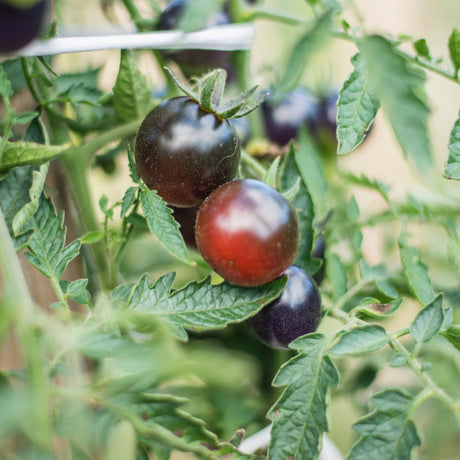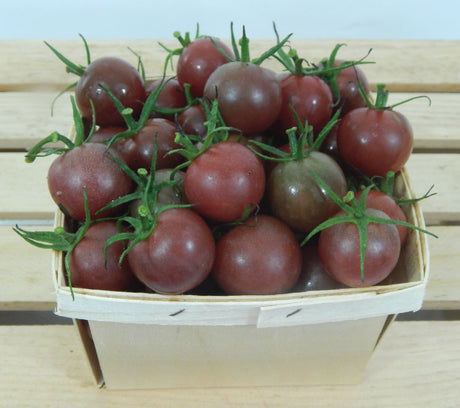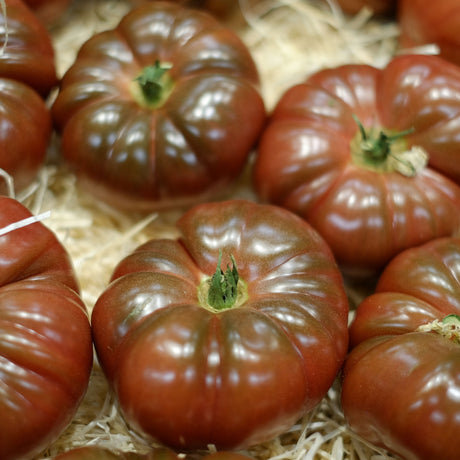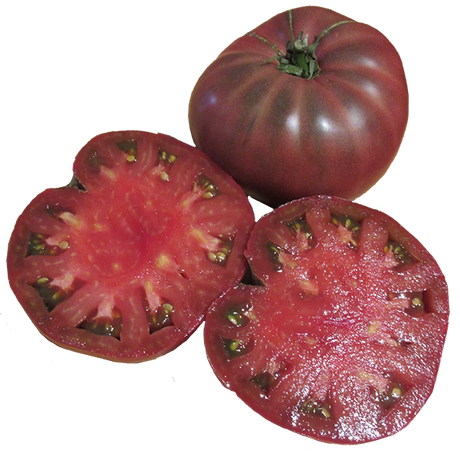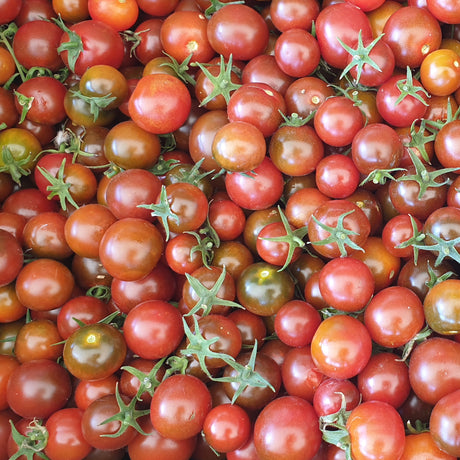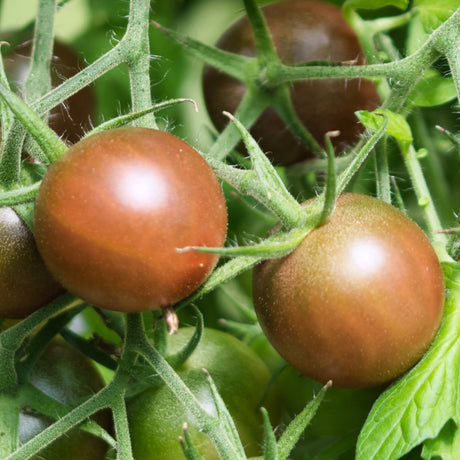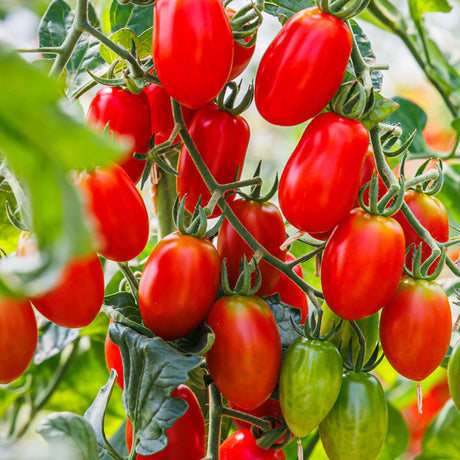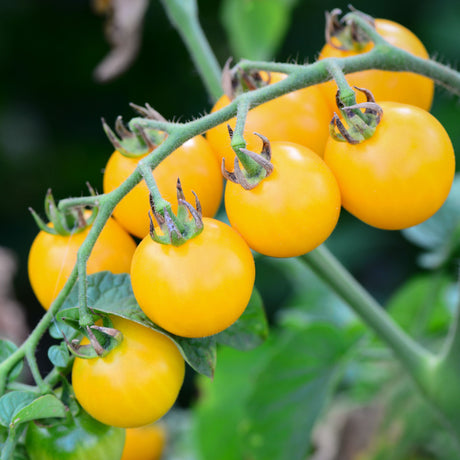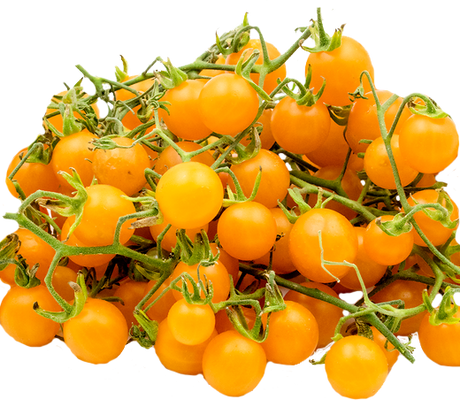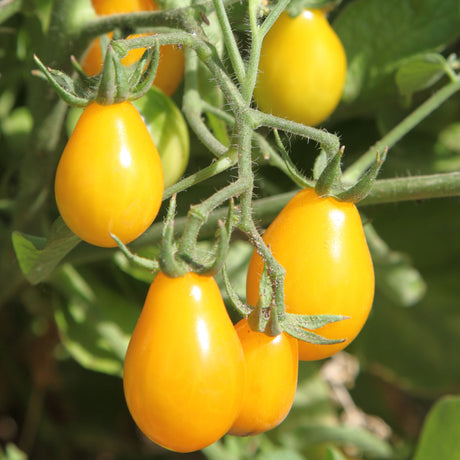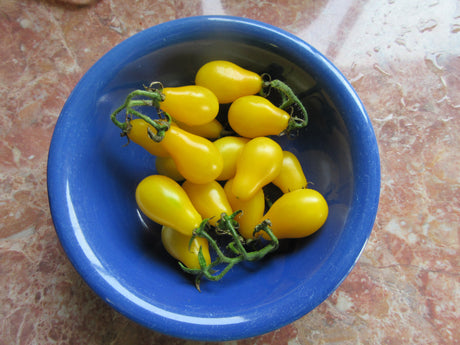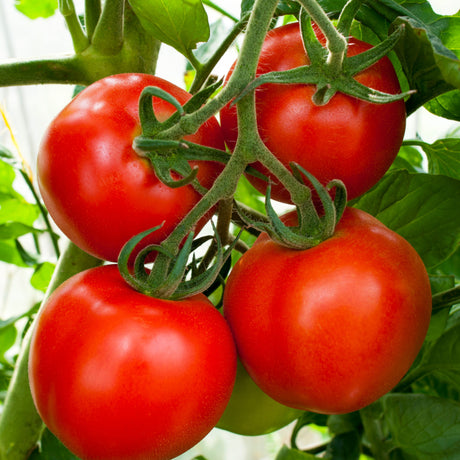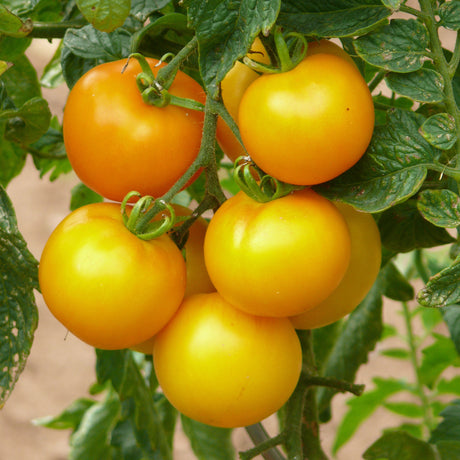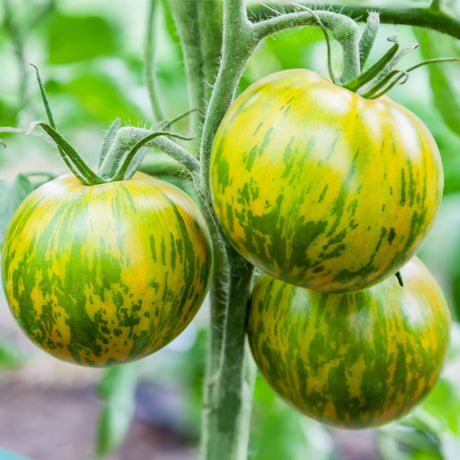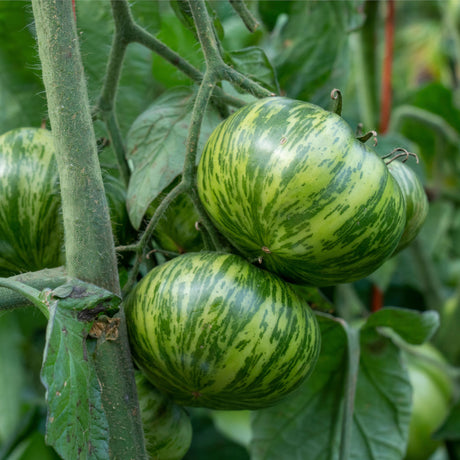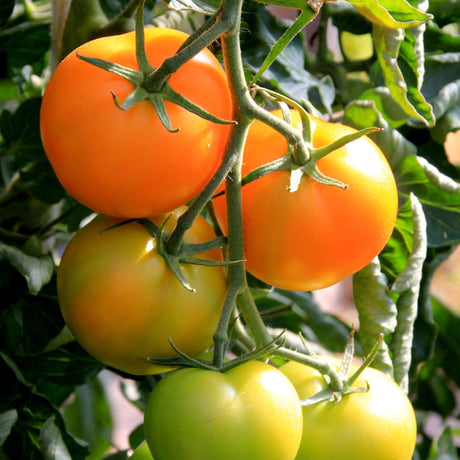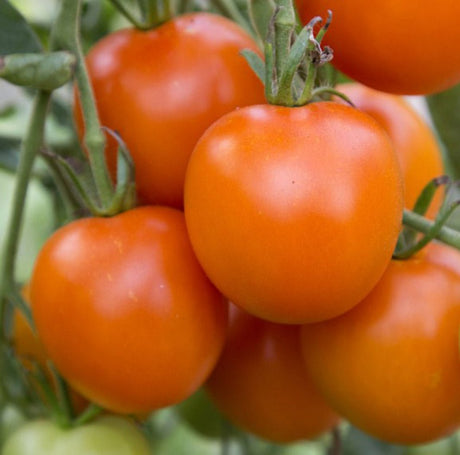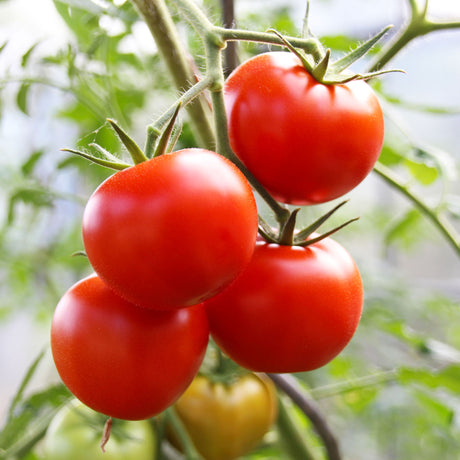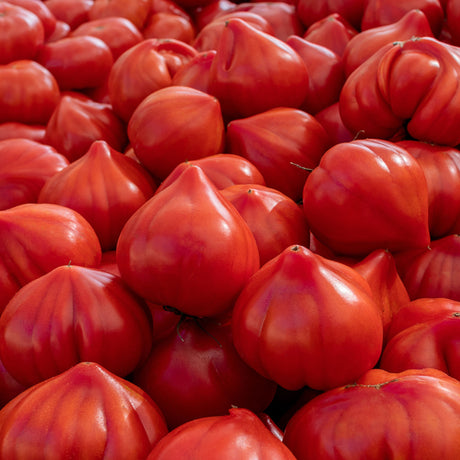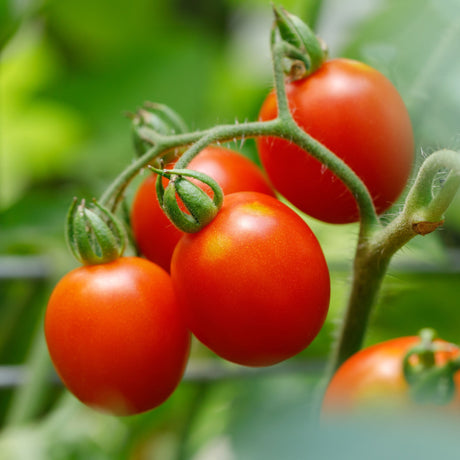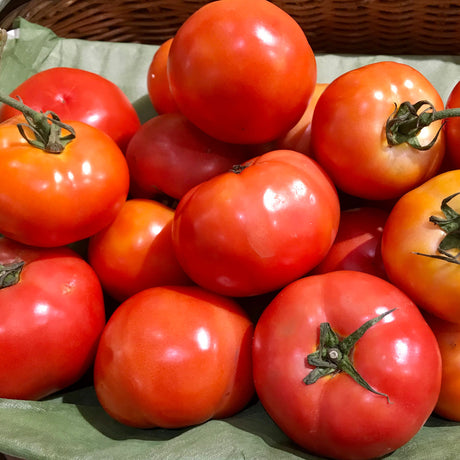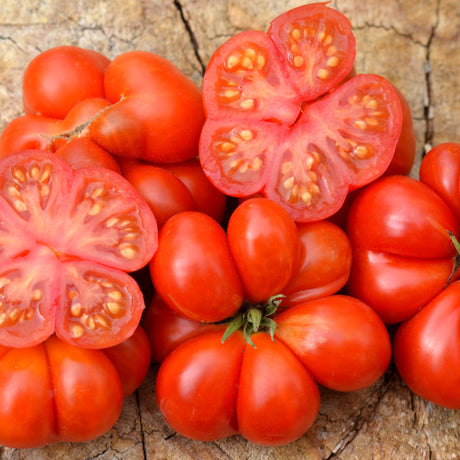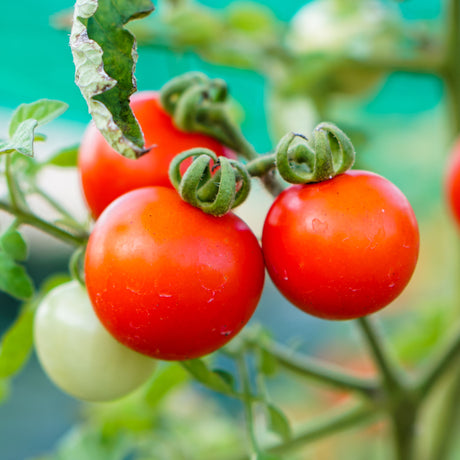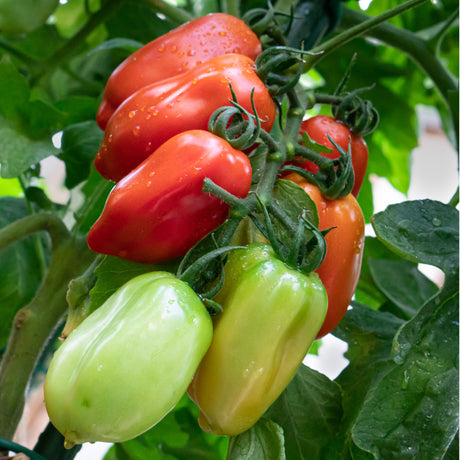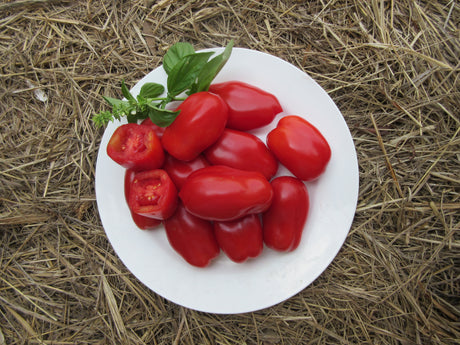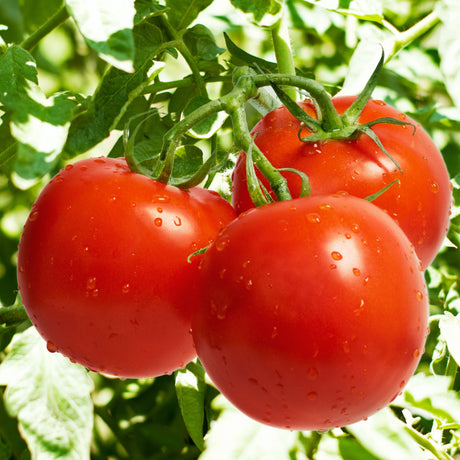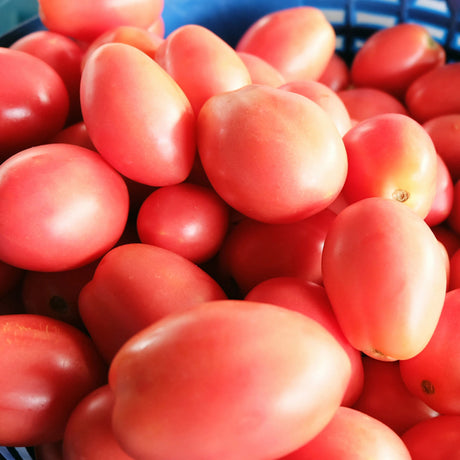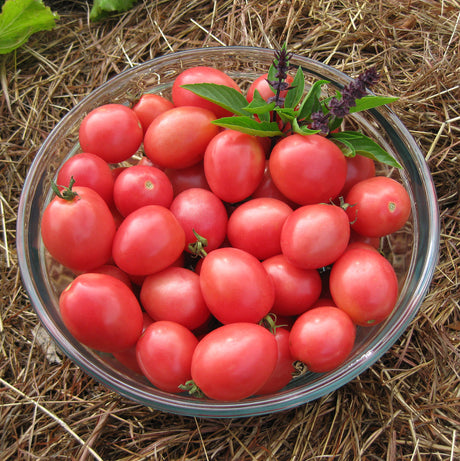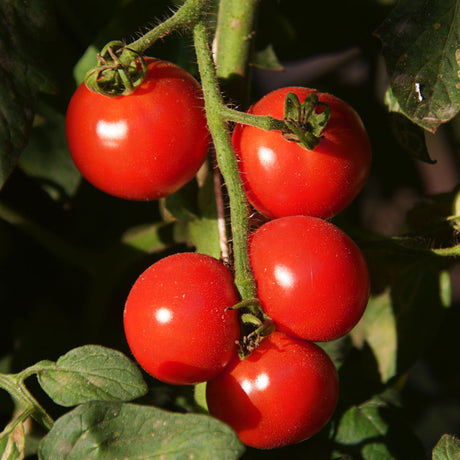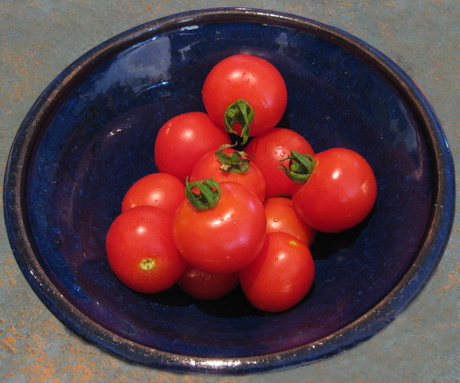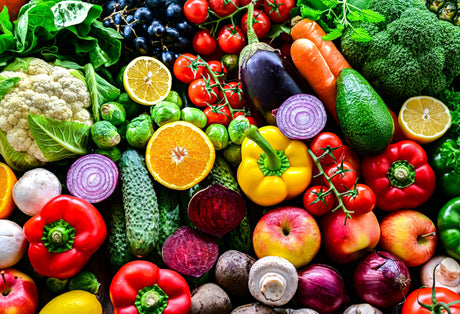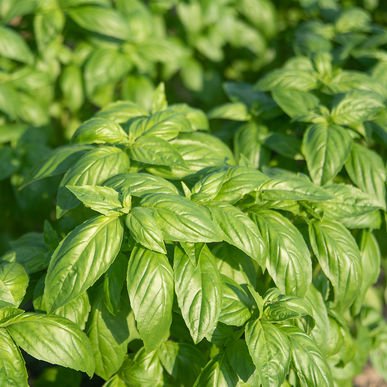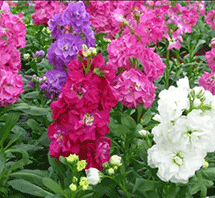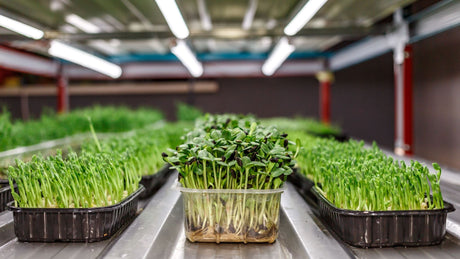- $3.90Unit price /Unavailable
- $3.90Unit price /Unavailable
- $3.90Unit price /Unavailable
- $3.90Unit price /Unavailable
- $3.90Unit price /Unavailable
Tomato 'Cherry Yellow Currant'
$3.90Unit price /Unavailable- $3.90Unit price /Unavailable
- $3.90Unit price /Unavailable
- $3.90Unit price /Unavailable
- $3.90Unit price /Unavailable
- $3.90Unit price /Unavailable
- $3.90Unit price /Unavailable
- $3.90Unit price /Unavailable
- $3.90Unit price /Unavailable
- $3.90Unit price /Unavailable
- $3.90Unit price /Unavailable
- $3.90Unit price /Unavailable
- $3.90Unit price /Unavailable
- $3.90Unit price /Unavailable
- $3.90Unit price /Unavailable
- $3.90Unit price /Unavailable
- $3.90Unit price /Unavailable
- $3.90Unit price /Unavailable
- $3.90Unit price /Unavailable
More about Tomatoes
Lycopersicon esculentum
Tomatoes are a warm season, frost tender annual. Seeds require a warm soil of between 18 - 28°C to germinate. Sowing at too low a temperature will cause delayed or failed germination.
In temperate areas: sow in early spring - either inside with extra bottom heat by using a bottom heat propagator, behind a sunny window or on top of a hot water system; if sowing outside wait until all frost danger has passed and the soil is warm. Generally if starting tomato seeds inside then begin 6 to 8 weeks before the last expected frost date in your area. By sowing early there will be time for a good crop to be produced before the first frost in winter.
In subtropical areas: sow March - October in frost-free areas
In tropical areas: sow late April - July.
In the hot, humid areas larger tomatoes such as Beefsteak, Oxheart and Grosse Lisse are unlikely to do well. On extremely hot days tomatoes can literally 'cook' on the vine and turn to mush. Tomatoes also can suffer sunburn; a white shadecloth cover can help reduce heat stress on the plants. The hardiest tomatoes for hot and humid conditions are cherry and roma types. For a round tomato Tropic is a good choice as it is disease resistant.
Seed Sowing
Sow 6 mm deep into seed raising mix in seedling pots or trays. Germination takes 7 - 14 days. Liquid feed the seedlings once germinated. Seedlings are ready to transplant when the 2nd set of 'true' leaves appear. During seedling development make sure the seedlings are not crowded and receive strong light. Seedlings become leggy (etiolated) with weak stems if the light is insufficient or if they are too crowded. The best seedlings have strong, stout stems.
Seedlings should be planted out in a full sun position after all frost danger has passed.
Plant in rows 90 cm apart with 45 - 60 cm between plants.
Transplant by planting seedlings deeper, up to the first set of 'true' leaves, first carefully removing the seed leaves. This speeds up fruit production and increases root depth.
Grow in a fertile, well-drained garden bed with a soil pH 5.8 - 7. Prepare the soil by adding compost. If stakes are required then put them at the same time as transplanting takes place to avoid later root disturbance. Providing support to keep fruit clear of the ground helps keep fruit clean and prevents slug and snail damage. Mulch the plants well. Keep well fertilised and evenly watered. Protect fruit from fruit fly with PestGuard Bags.
Avoid planting in garden beds that have grown tomatoes, potatoes, capsicums or eggplants recently. Recent research indicates pruning reduces yields but it can be useful in making plants much easier to stake.


